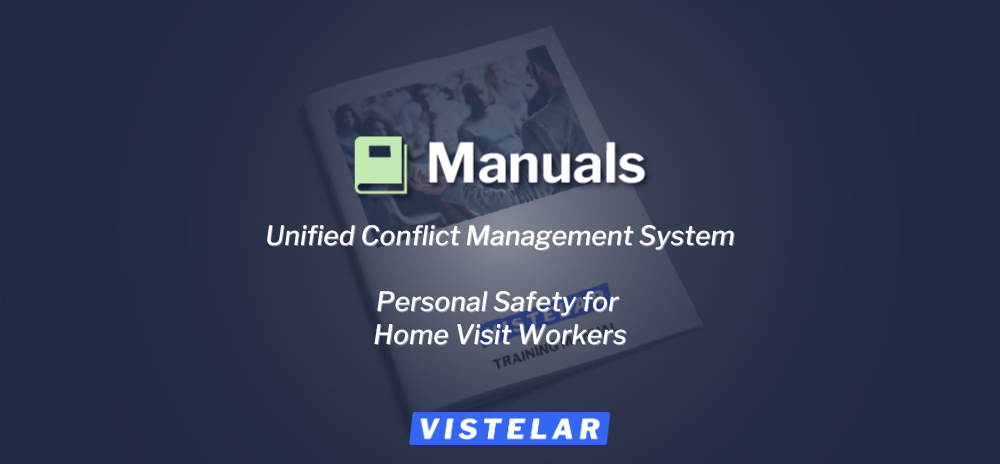If you have been following this blog, you are probably quite familiar with Vistelar’s structured methodology for effectively managing conflict so it doesn’t escalate to emotional or physical violence.
What you may not be familiar with is our explanation of the causes of conflict that’s the basis for the non-escalation, de-escalation, and crisis management tactics we teach.
Background
The origins of this explanation date back to 2011 when Vistelar collaborated with several non-profit organizations in Milwaukee to apply to be one of the Community Partner Teams within Medical College of Wisconsin’s Violence Prevention Initiative (VPI). Through a competitive process, our team was selected to be one of four VPI teams.
In our research for the application we learned about the list of risk and protective factors for youth violence published by the Centers for Disease Control (view the complete list here).
This list includes individual risk and protective factors, family risk and protective factors, peer and social risk and protective factors and community risk factors.
What struck us at the time was the amount of resources and time that would be required to address any of these factors.
We wanted to have a more immediate impact on youth violence in Milwaukee so, as part of our application, we put together a chart to explain the causes of conflict at the point of impact — the short period of time when a tense situation can escalate to emotional and/or physical violence.
Vistelar’s conflict management methodology was designed to prevent and manage conflict at the point of impact so we created the chart to explain to the VPI selection committee why our methodology was so effective.
We wanted to give credit to the research on youth violence so we included the risk and protective factors from the CDC. But, otherwise, the rest of the chart was focused on what happens at the point of impact.
All conflict starts with some form of disagreement. That’s why conflict is an inevitable part of life — because disagreement is inevitable. People have different viewpoints on things and that’s OK.
In fact, most of the time disagreement and conflict are healthy aspects of being human — and often lead to positive outcomes (think innovation, problem solving, new ideas).
Recognizing Triggers
The problem arises when any of these universal triggers are present, which can result in an impulsive reaction.
- Stress — from such factors as relationship difficulties, financial problems, work demands, drugs and alcohol, job insecurity, and physical threats — that can heighten the risk of conflict escalating.
- Indignity — that results from insults, put-downs and humiliation — that can provoke retaliation and revenge.
- Vulnerability — being perceived as less-than by others — that can result in being the target of bullying, verbal abuse and harassment.
All of these triggers can lead to impulsive reactions, such as closed-mindedness, prejudice, resistance, retaliation and aggression — and, ultimately, to a verbal/physical altercation.
It is this understanding that formed the basis for our structured methodology for addressing conflict.
Many conflict management programs focus on trying to resolve disagreements by finding shared values. However, this approach breaks down in situations where conflict is most likely: when personal beliefs, cultural norms and ethical frameworks clash. Therefore, a universal bridge is need to manage conflict — and, as we’ve discussed in other blogs, treating people with dignity is that bridge.








